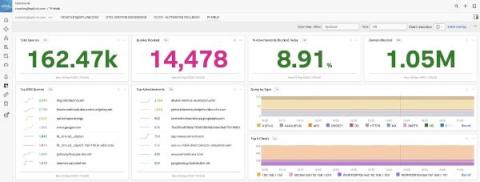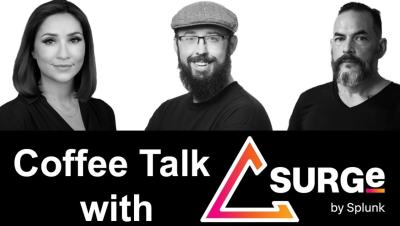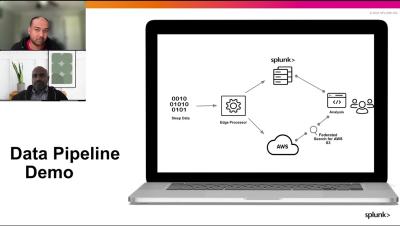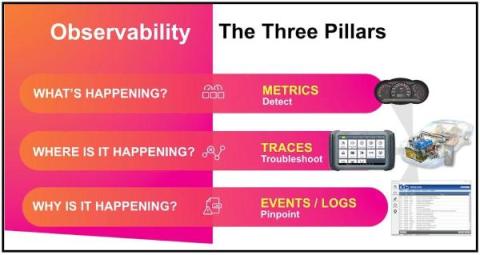AI Governance in 2024: An Overview
In a world where artificial intelligence (AI) seems is leaping forward and is growing at a CAGR of almost 40%, questions about governance and ethics with the use of AI are surfacing. As humans continue to develop AI systems, it is crucial to establish proper guidelines to ensure powerful technologies like generative AI and adaptive AI are used in a responsible manner.












